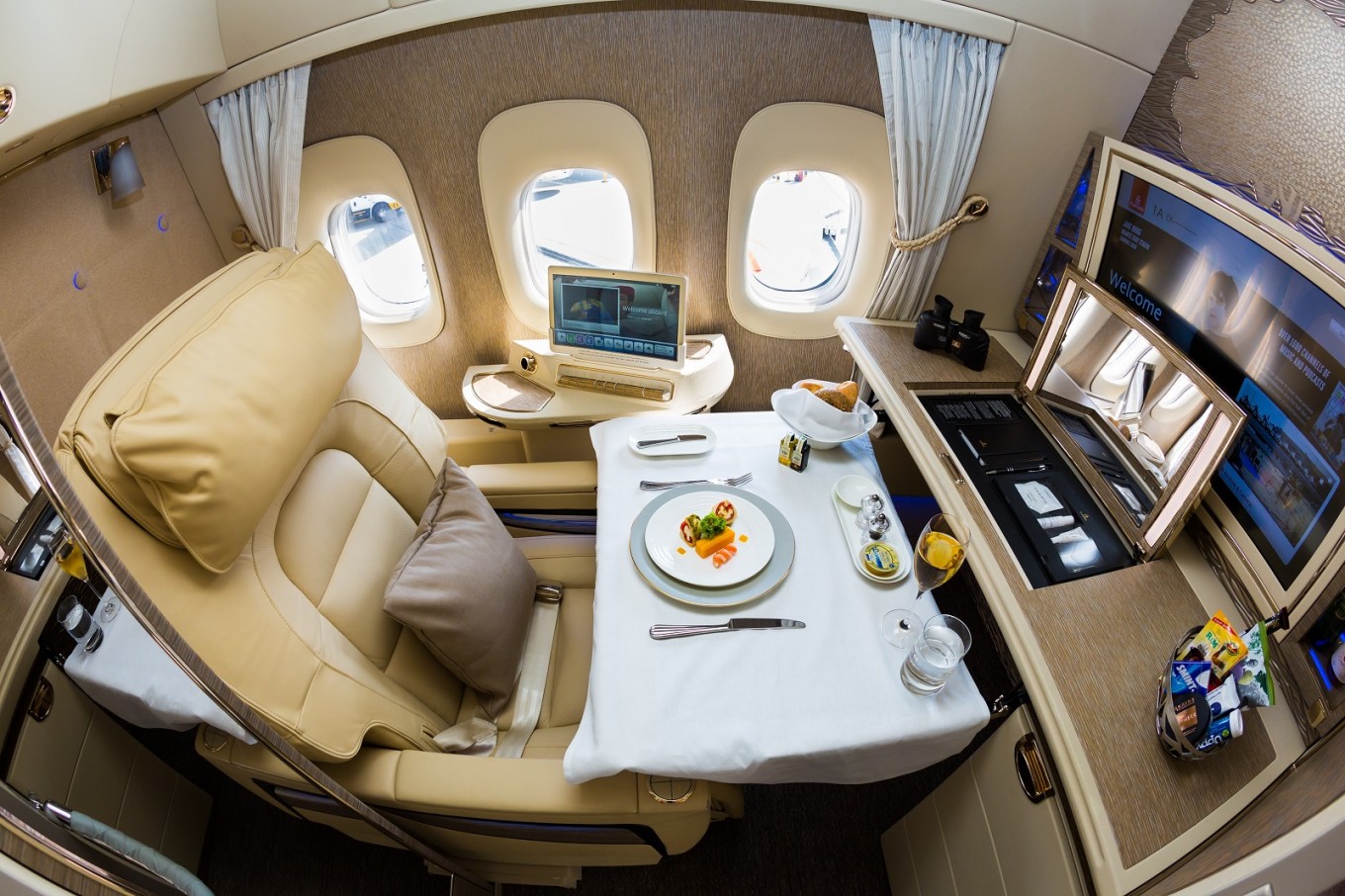

These airlines are “no-frills” and are usually short-haul flights so separating cabins is not feasible due to the design of the aircraft. Low-cost carriers are the exception to the rule somewhat, as they sometimes have only one class of fares or seating. These are first-class, business class, premium economy, and economy.Ī select few airlines provide additional options such as a three-room suite – to simulate the private jet experience – or “ cuddle class” for couples, honeymooners or families with small children.

How Do Airlines Categorize Their Seating?Ĭomfort plus, main cabin, premium economy, economy plus, business class, first-class – whatever the names – airlines typically categorize their seating into four segments. The sale of premium seating became necessary in order for airlines to be able to offer economy class seating at a discount for the more frugal traveler. Choices range from economy, extra legroom economy, recliner class all the way up to business class and first class. The “ hub-and-spoke routing” system now meant that airline routes were determined by passenger demand and profits were made by the number of seats sold.Īirlines have since evolved from offering merely a two-class service to multiple options to suit passenger demand. Soon, seats became smaller and the number of seats available to be sold increased. Over time and with the introduction of deregulation, it was incumbent on airlines to devise ways to get more passengers on their flights. Seats were larger and more comfortable and there was no correlation between passenger demand and destination routes. Previously, first-class and economy class were two different flights altogether.Īt the time, airlines were heavily subsidized so there was little or no need for them to, by themselves, turn a profit. The Evolution of Different Seat ClassesĪirlines first started to differentiate their classes of service in the 1950s with Delta Airlines among the pioneers to present two separate cabins on the same flight. In comparison, standard economy class seats are 17 to 18.25 inches wide. In general terms, seats on first-class international flights are usually 19–35 inches wide while those on domestic flights are between 18–22 inches in width. They also have a larger seat pitch which makes for a more comfortable travel experience even for someone taller. Seats in the first-class cabin of an airplane are typically wider than those throughout the rest of the aircraft. Many perks abound including more comfortable seating, personalized cabin service, and a potentially wider array of entertainment and food and beverage options. Traveling first-class is a luxury occasional experience for many passengers although it is more commonplace for some elite few.


 0 kommentar(er)
0 kommentar(er)
